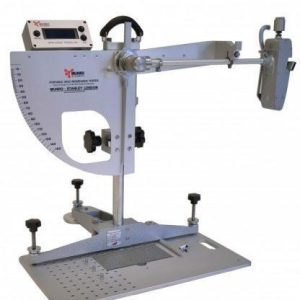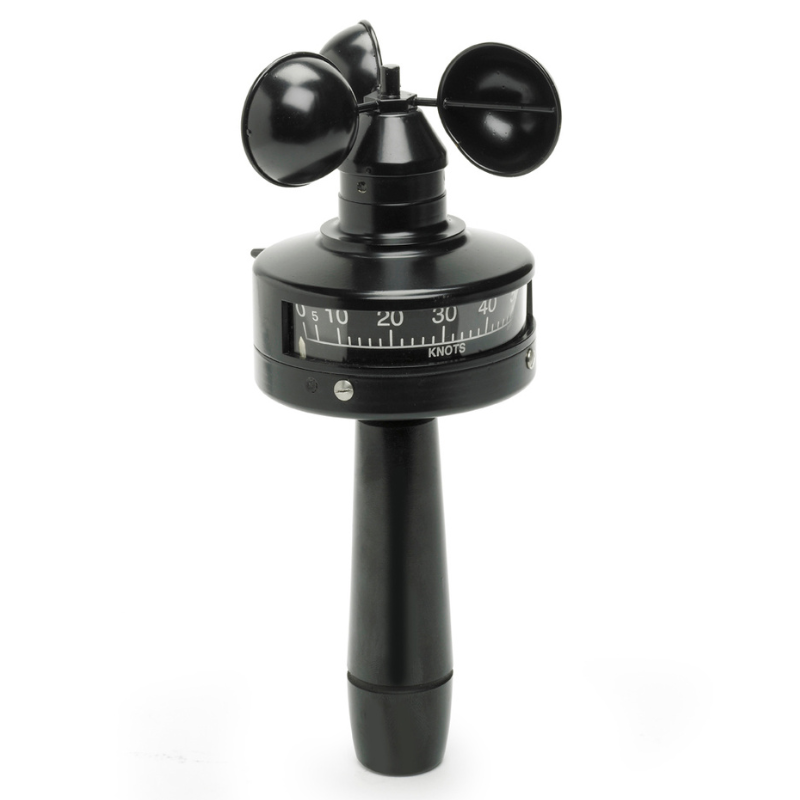A pendulum slip test is the HSE preferred and therefore most commonly used floor slip testing method in the UK. The pendulum test is considered to be the best way of determining whether your floors are fit for purpose and it’s also the subject of a British standard (BS 7976).
Confused by what the pendulum actually is and what it does? Let’s cut the jargon and explain it in the simplest terms possible.
The pendulum is a piece of equipment which uses a swinging foot to mimic a heel touching a surface (the point at which most slips occur) whilst measuring the level of resistance with a moving marker. The marker lands on a numbered score known as a Pendulum Test Value (PTV), and depending upon the value, this reading determines whether your floor is fit for purpose in both wet and dry conditions.
The Pendulum Test Values are classified as follows:
| PTV Range | Slip Potential |
| 0 – 24 | High |
| 25 – 35 | Moderate |
| 36+ | Low |
A pendulum test value in the high band means your floors are a high risk for slips and therefore need attention. A deep clean might suffice; otherwise you may need to look at anti slip treatments or invest in replacement flooring, or otherwise manage the slip risk. A value of 36+ puts your flooring at a low risk and deemed safe and fit for purpose.
Benefits of the pendulum slip test
Why is the pendulum test so highly regarded? There are lots of benefits that make the pendulum a preferred slip test method. Firstly it’s portable so tests can be carried out on site at the exact location a slip is likely to occur, meaning there’s no need to send floor samples away for testing. Everything can be done quickly and efficiently at your premises without too much disruption to your business.
The pendulum is also versatile, meaning it can be used to test almost any type of flooring where a slip is likely to occur. You name it; our pendulum is likely to have tested it. warehouse floors, high gloss office receptions, school playgrounds and classrooms, public toilets, shopping centres, swimming pools, seaside piers and even a football stadium, the list goes on!
Slips can occur in both wet and dry conditions and the pendulum can accommodate these conditions for testing. Slips often occur on wet flooring because a film is created when the heel touches the wet floor. the pendulum mimics this by generating a similar fluid film between the swinging foot and the surface being tested.
You can also easily compare clean and contaminated floors. For example, if you’re floor has a high-risk score and you conduct a deep clean; the pendulum test can be repeated for comparison. You will be surprised at how the cleanliness of a floor can affect the pendulum test value!







